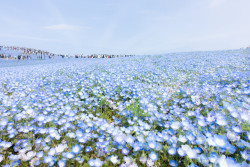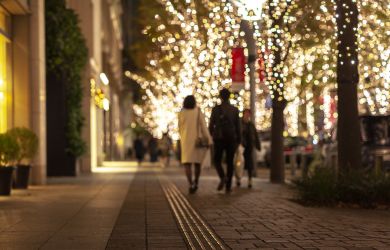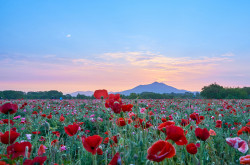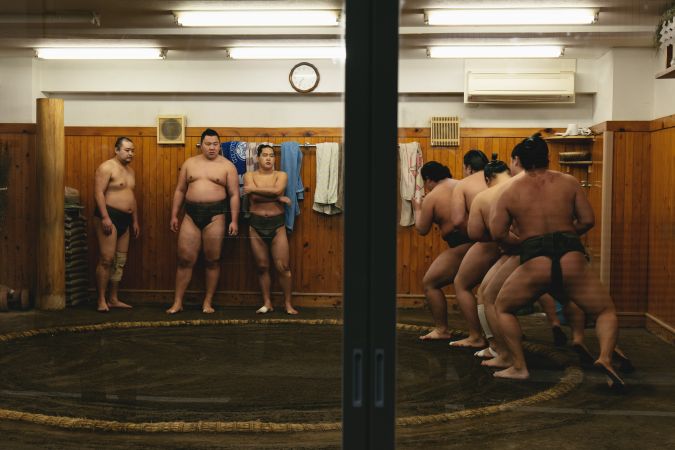
April 13, 2023
Sumo Spotting: Where to sight Japan’s mightiest warriors
Find out how to witness one of Japan’s greatest sports and its athletes in a personal and enlightening way here in Tokyo
Sumo wrestling comes with a history spanning back thousands of years, and is so revered that it has earned the title of Japan’s National Sport. Sumo is considered sacred and is deeply tied to the Japanese Shinto religion with its participants, or rikishi (wrestlers, specifically sumo wrestlers), giving over their lives to it in priest-like devotion. The sport went through a worrying lull not too long ago after scandals of match-fixing and bullying emerged resulting in recruitment dropping to an all-time low. However, thanks to more inbound tourism, the ancient sport’s popularity is getting back on track.
As tourism to Japan has increased dramatically over the last decade, with the number of overseas visitors more than tripling between 2012 and 2019, the country has seen a huge spike in interest in its unique history and traditions. Visitors head to Kyoto to catch a glimpse of Geisha, drink matcha tea in a chashitsu (tea house), bathe in onsen, and, of course, try to catch a Sumo match. Getting tickets to see a match is on many visitors’ itineraries but tournaments in Tokyo are only held in January, May, and September, so if you visit outside those months, what then?
If you can’t get a hold of tickets for a match but you still want the chance to behold the near-mythical warriors there are other options. The Ryogoku area in Tokyo is famously known as the home of Sumo in the city; here you can find many Sumo stables where the athletes eat, sleep, and train. Just wandering around at certain times of the day will likely lead to spotting a Sumo wrestler popping into a convenience store or frequenting a local restaurant. But if you want to see them in action, one stable in particular has opened its doors, or in this case windows, for those who wish to take a peek into their world.
Arashio-beya was founded in 2002 and is currently home to 14 sumo wrestlers. The stable is taking advantage of the rise in popularity amongst foreign tourists who wish to observe their training sessions. Depending on where you are living or staying in Tokyo you may have to steel yourself for an early rise, given that the rikishi begin their training at 6:30 am and go on till 10 am. If you wish to keep things cheap, you can simply watch from outside for free, or you can book a tour that will allow you an up-close look and perhaps even some interaction with the wrestlers for between ¥10,000 to ¥15,000.
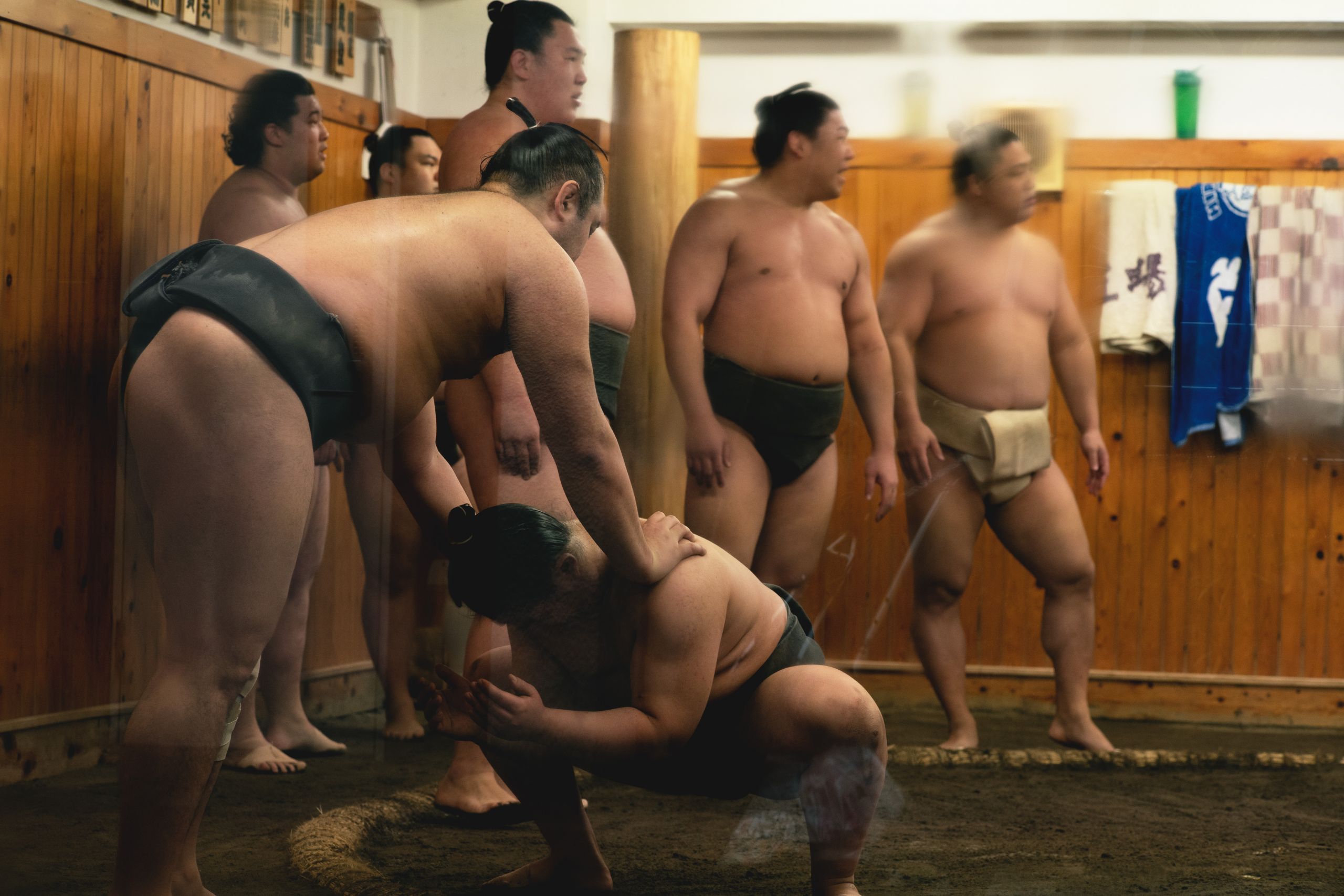
In order to make the most of their training session I awoke at 5 am to ensure I was there at the start of their training and it was a pretty frigid day, one of the only days this year so far where Tokyo saw some snow. Together with my friend, who came for translation support, we stood and watched the practice for over two hours in freezing conditions, but, despite the frosty temperatures, it was enormously entertaining.
The wrestlers underwent numerous exercises throughout the session, from footwork to grappling exercises, the dreaded burpees, and holding planks with what appeared to be extra large bags of rice placed on their backs for added measure. You could see just how far they were being pushed, with the higher ranking wrestlers toughening up the lower ranks.
It was an odd sensation to see them in their Sumo attire of mawashi (the 30-foot-long belt) whilst we stood wrapped up in layers of jumpers and jackets with only the window separating us. They were so courteous of the fact that they had viewers that they occasionally wiped down the window that steamed up during training just so we had an unobstructed view. Once training ended, three of the wrestlers came outside, barefoot in the freezing wet street, to take pictures with those of us that had been watching, and sure enough other foreigners besides ourselves had rolled up at the tail end of the training.
After this, we were permitted to enter the stable* and speak to one of the rikishi, Jasper Kenneth Terai (half Filipino, half Japanese) who goes by his Sumo name, Koutokuzan. When asked why they get up so early to train each day he explains, “the reason why we start practice so early is because the rhythm of waking up early, practicing, eating, and then sleeping helps us to become bigger and stronger. That is the pattern of our training.” If viewers want to watch the rikishi train, they need to get on board with their schedule, they won’t change it for anyone.

It was noted that the windows appeared to be a lot bigger than the ones I had previously seen in pictures online, when I asked about this he revealed, “Before we had this big window we had a smaller window, and a lot of foreigners would come and watch us practice even then. So we all spoke and we said ‘why don’t we make it bigger so people can see’ because people have always been coming to watch us so we thought we should make it easier for them to come and observe.”
The wrestlers tell us they have viewers coming to watch them most days, and that roughly 90% of them are foreigners. Koutokuzan believes that this is because of the sport’s uniqueness to Japan, “I think that foreigners have an interest in coming to watch because it’s something that you can’t really see outside of Japan.” Even in Japan though, a country where many martial arts originate from, Sumo is special.
“Sumo is different from other sports,” Koutokuzan elucidates, “there is nothing you really use besides your own body, and there are a lot of symbols within Sumo that represent Japanese tradition such as the garb we wear and the chonmage (topknot) we style our hair in, like Samurai. Sumo is not like any other sport, it is more of a Japanese art.” In this way you can see why, when people think of Japan they may think of Sumo and Geisha together, both roles fulfill the purpose of maintaining the country’s traditions and ancient practices.
Much like Geisha, the rikishi’s appearance is heavily controlled, “we are only allowed to wear kimono or hakama when we go out and the fact that we style our hair this way is so when people see us they know we are Sumo. We embody that tradition in day-to-day life, in everything we do, in how we live our life.”
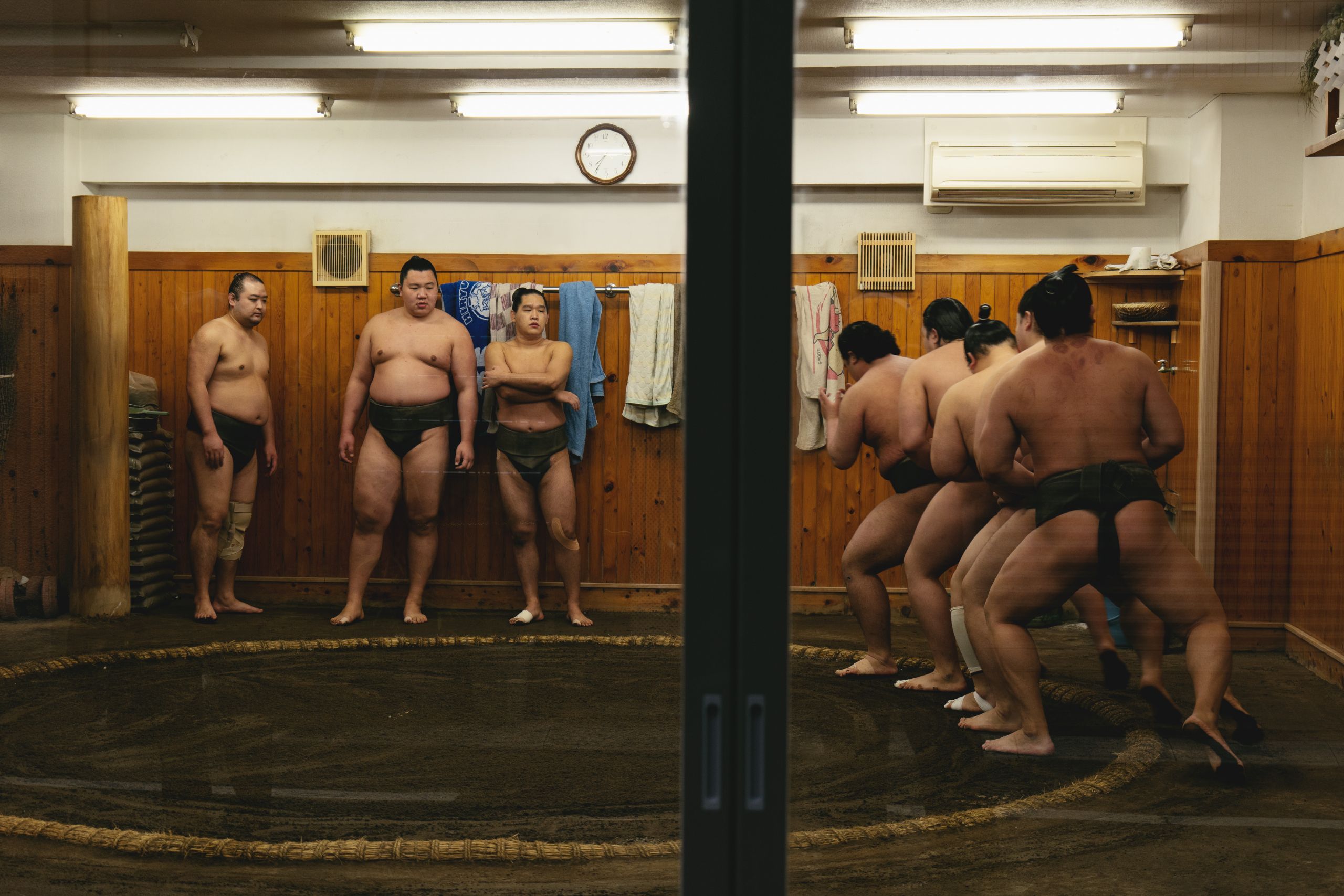
This way of life, though regaining some of its lost popularity, is still on the defensive from the modernization that threatens to overtake it. Though the amount of rikishi may not have dropped drastically, recruitment is becoming increasingly difficult. Koutokuzan feels that becoming a Sumo wrestler no longer holds the appeal it once did, “There are a lot fewer people that want to become rikishi actually. I feel that elementary schoolers and young people may have a lot of interest in Sumo itself, but there aren’t as many who want to become Sumo wrestlers.”
His reasoning for this is that kids are exposed more often to other mediums, and perhaps would rather want to become online gamers or YouTubers than endure the grueling training that is required of a rikishi. This is also down to exposure, as he adds, “The only opportunities they have to see Sumo and experience it is when they go to their grandparents’ house and see it on the T.V.”
Whilst Sumo may be struggling to stay relevant in Japan for Japanese nationals, foreigners still behold the sport and its participants with awe and wonder, so it is great to know that stables, like Arashio-beya, are embracing this as they push forward.
*You should not try to enter the stable unless you have express permission to do so.
If you wish to make sure that training is taking place before you wake up early for a visit check out the website: http://arashio.net/tour.html and call the day before on this number: 03-3666-7646
**Translation for this article was conducted by Dylan Jekels

